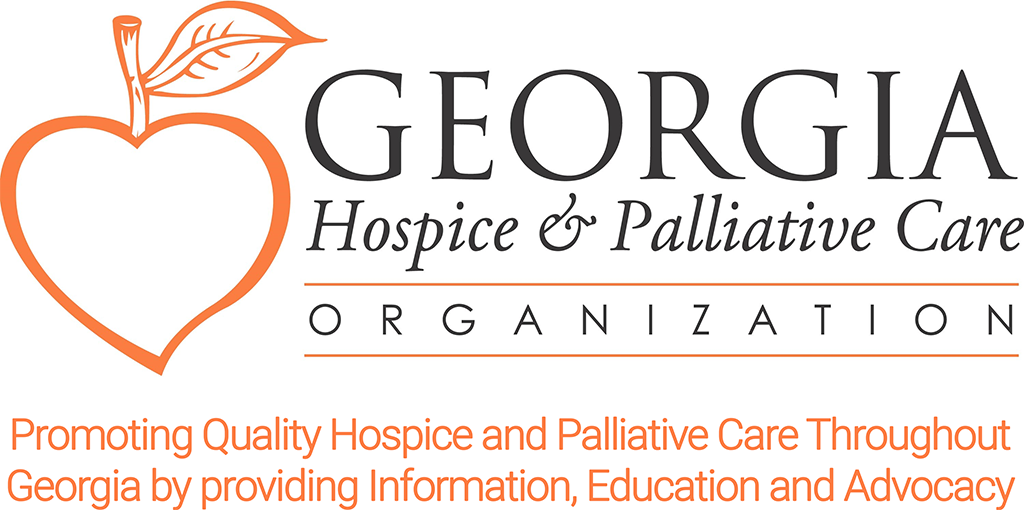- Home
- Find a Provider
- For the Public
- For Providers
- Pediatric Palliative Care
- Advance Care Planning
|
Putting a Face to Quality – Using Quality Measures to Encourage Better Care How does a Hospice staff member know the quality of the work performed when so much of their time is spent on their own in the field? Use satisfaction survey (CAHPS) results and reports to provide feedback – negative and positive. Survey results over time can tell a lot. I find that drilling down into the results for individual questions, rather than looking at just composite measures, can give insight on where to improve. Here are a couple of examples. The Composite Measure for Hospice Team Communications includes questions about keeping patients/caregivers informed about when Hospice team members will arrive for visits (question 6), explaining things in a way that is easy to understand (Question 8), staying informed about the patient’s condition (Question 9), getting confusing or contradictory information (Question 10), and feeling like Hospice staff listened carefully (Questions 14 and 35). Maybe your composite score is better than the national average, but when you look at the scores for individual questions, you find out that your staff, while doing a good job of explaining things in a way that the caregiver could understand (see questions 8, 9, and 10), they do a poor job of alerting the care giver about when to expect each visit (Question 6). The NHPCO website lists the management of pain and symptoms at the top of the list of services that Hospice provides. The CAHPS Composite Measure for Getting Help with Symptoms includes questions about whether the patient got help with pain (Question 16), trouble breathing (Question 22), constipation (Question 25) and anxiety or sadness (Question 26). Perhaps your Composite score is right at the average national score, but when you drill down to the question-level, your pain management is great, but dealing with the patient’s anxiety and sadness could use some work. It’s easy to think we are doing fine when we see that we are above (maybe even way above) the average for a certain measure. In educating staff to look for ways to improve you can make comments like: Thanks so much for all you are doing to work with our patients and caregivers on pain; our score is 5 percentage points higher than the national average. How do you feel about the _____ % of our caregivers who did not think that the patient got the help they needed for pain? Written comments on the surveys are also instructive. Positive comments often name specific employees who made a difference – share these comments with those staff members. Sometimes the comments will surprise you – you are gratified that the nurse who can be so late in getting documentation done is the one whose praises are sung by family of the patient whose death she attended. We often bemoan the fact that we get referrals so late that patients are well into the dying process before we admit them. “If only we’d had them a little longer, we could have done such a good job of preparing them.” But it is often the short-stay patients for whose families we make the most impact – we meet them in a true crisis and we are able to provide support through a very tough time. Negative comments come in anonymously sometimes, so it’s hard to pin-point the exact circumstances that precipitated the comment, but we can still learn from them. Share them with the staff, too. We will cringe at some of them, but the fact that the care giver took the time to write that comment in the survey only makes us better at our jobs if we take them to heart. Survey feedback can be encouraging and also painful. Don’t waste the data; use them to improve. As improved processes and care go into effect, the results will show in surveys to come. Be grateful for the individual care givers who take the time to complete the surveys – they are people who have been touched by your program. Most are grateful for how you have enhanced their lives. |
